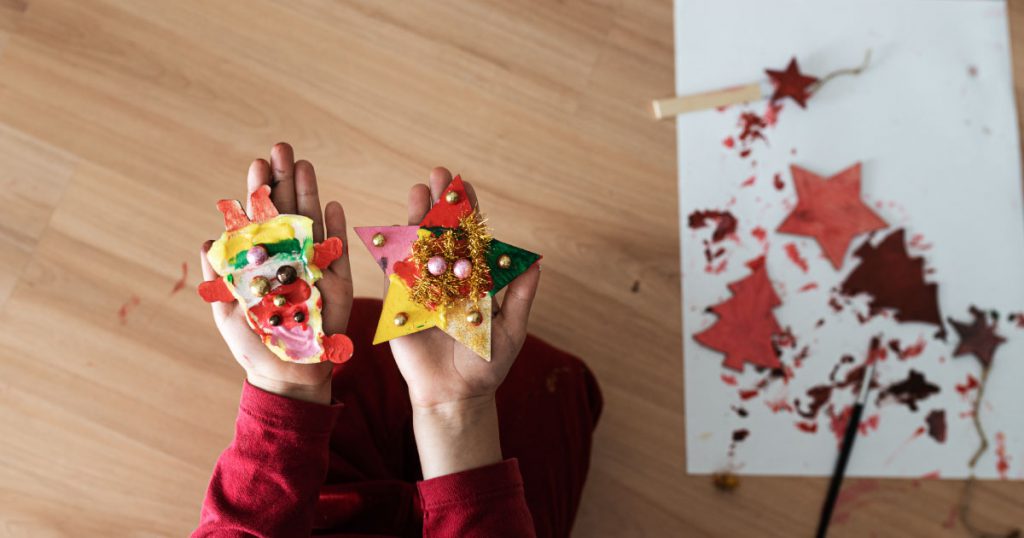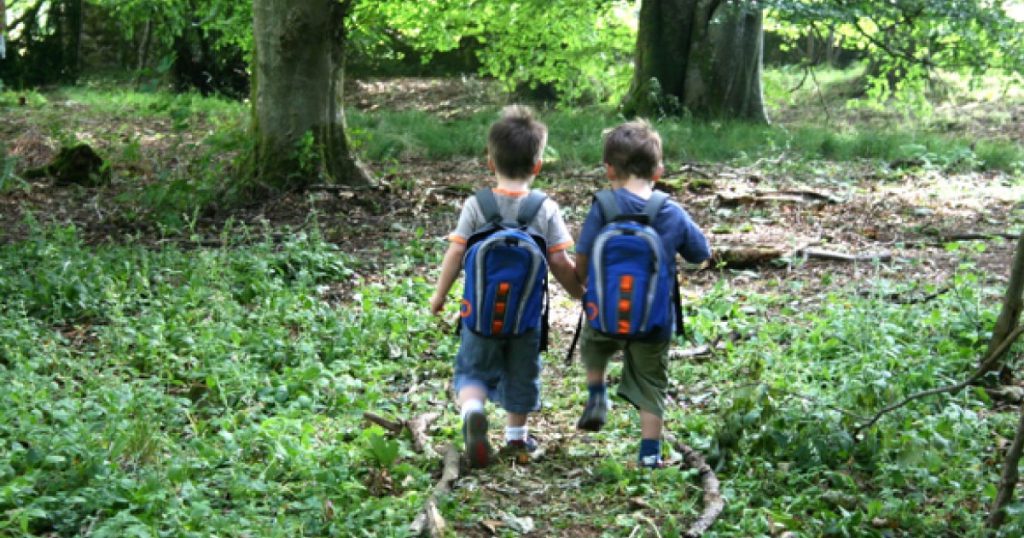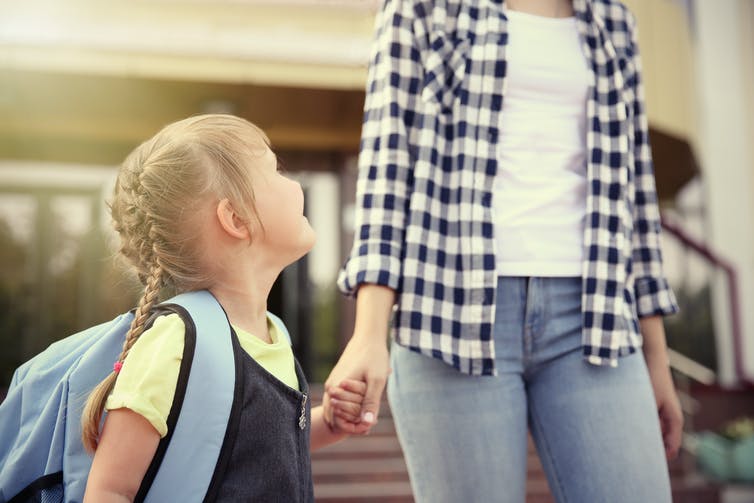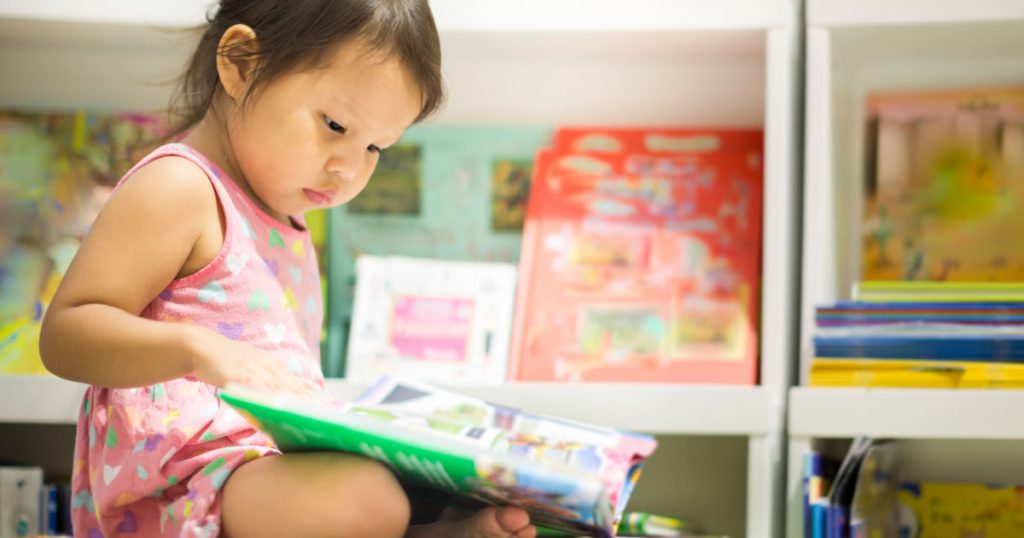‘Being a professional requires you to exercise pedagogical judgment—every day. It does seem though we now have a ‘Christmas’ curriculum and it starts early.’ Karen Hope encourages educators to reflect on more than just the art and craft of Christmas in early childhood settings.
 I like this time of year and I celebrate Christmas. For me it’s a time to ‘power down’ spend time with my family, remember why I like them, and cooking—lots of cooking. Christmas can for many, be a nostalgic time of year, and nostalgia can be seductive. We often think back to when we were children and try and replicate those feelings and experiences or we might try and create new ones—better ones.
I like this time of year and I celebrate Christmas. For me it’s a time to ‘power down’ spend time with my family, remember why I like them, and cooking—lots of cooking. Christmas can for many, be a nostalgic time of year, and nostalgia can be seductive. We often think back to when we were children and try and replicate those feelings and experiences or we might try and create new ones—better ones.
In the early learning environment what is celebrated and how are questions for each individual context and should reflect shared understandings of what children, families and educators’ value. I think we are quite good at understanding the need to respect and understand many different types of diversity; cultural, social, sexual, economic—to name a few. We have an awareness of how celebrations—all kinds—can be incorporated into our early learning programs and many different types of celebrations take place. By acknowledging and incorporating different ways of celebrating into our programs they can support us to; be, become and belong.
The Early Years Learning Framework (EYLF) encourages us to be reflective and intentional in our curriculum decisions and pedagogical approaches. Being a professional requires you to exercise pedagogical judgment—every day. It does seem though we now have a ‘Christmas’ curriculum and it starts early. Early learning services can be fertile ground for all kinds of Christmas activities and I have seen some truly perplexing examples of art/craft activities being implemented. These types of experiences are often closed-ended, using resources that are often not sustainable, built around an idea that for some, has no context. Snow, sleighs and reindeers are hard to place in Australia in December.
I look at some of these artefacts and think, why?
Social media has become an enabler of sorts providing us with an abundance of Christmas ideas that can be used with young children. A quick desk top review of popular social media pages and department store hacks reveals literally thousands of craft ideas and activities that can be rolled out. I wonder, given the enthusiastic participation of some of the early learning workforce on these pages if the Christmas curriculum is the green light to do the types of ‘art and craft’ activities they really want to be doing? Finally, we get to use paper plates!
When I query the inclusion of these type of experiences the responses, I get generally fall into three categories;
- It’s fun! (When know that children learn best through play and fun is an integral part of that. Be intentional about how you build this into your programming.)
- The families love it. (Do they? Families love a lot of things, but it doesn’t always mean we should do them. We have a whole lot of pedagogy and theory that sits behind the curriculum decisions that we make. Use that to explain your programming decisions at this time of year)
- The children love it. (Do they? Give them a range of art materials and let them go. No templates or fake snow required.)
You might be thinking—does it really matter? but it is worth thinking about the unintended consequences of these approaches.
- It can reinforce a dominant western discourse. (The modern version of Santa Claus that many of us know, with red suit and matching hat is an image that Coca-Cola helped shape).
- It can reinforce consumerism.
- It can be a waste of children’s time, talent and creativity?
- It can de-stabilise our quest for recognition of our professional status. The work we do is complex and skilled. It is more than pasting cotton wool balls on a paper plate.
When you consider that this curriculum approach to celebrations is also being equally applied to Easter, Halloween, Valentine’s Day, Australia Day, the ALF grand final etc, etc. you can probably see the issue.
What could you do?
- Quarantine celebration activities and experiences until closer to Christmas. Little children do not need to spend a long time today getting ready for tomorrow.
- Perhaps emphasise the end of the year or the beginning of a new one as the focus of celebration. Focus on accomplishments and learning.
- If children are to participate in art/craft experiences, make them authentic and contextual. Parents do like the artefacts that children bring home so make sure they reflect the child’s ideas and work.
You do not need to lose yourself or what you value in this process. What you hold to be important should infuse your work with children and what you value should be reflected in the curriculum decisions that you make. Think of pedagogical values here rather than personal. There is a difference.
I do offer a big shout out to all of those educators reflecting on the meaning of this time of year for all children and families and thinking about how they will celebrate in authentic and child-led ways. Perhaps a social media page for them?
Before you become a keyboard, warrior preparing to defend the use of baubles, paper plates and sustainable glitter; it is worth remembering the words of Cindy Lou Who in the cinematic adaption of ‘How the Grinch stole Christmas’; ‘No matter how different a Who may appear, he will always be welcome with holiday cheer.’
ECA Recommends
Multicultural Celebrations and Festivals: A month-by-month guide to celebrations around the year
By Karen Hart and Kay Margetts
This book is full of fun, practical ideas for supporting inclusive practice and introducing multicultural learning within an early years setting. The book includes role play suggestions, traditional festival foods, party ideas, craft activities and more. You can purchase your copy on the ECA Shop here.




